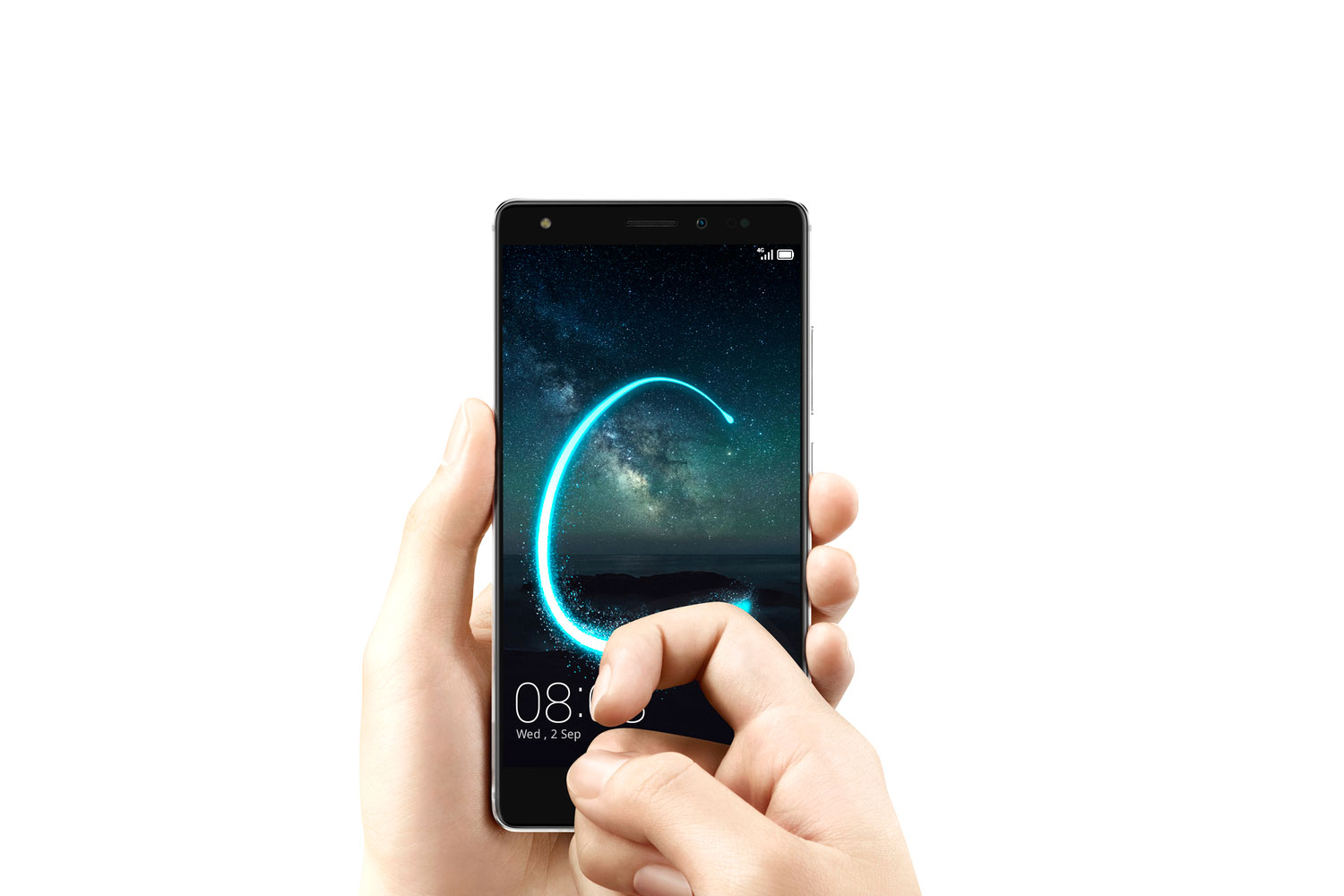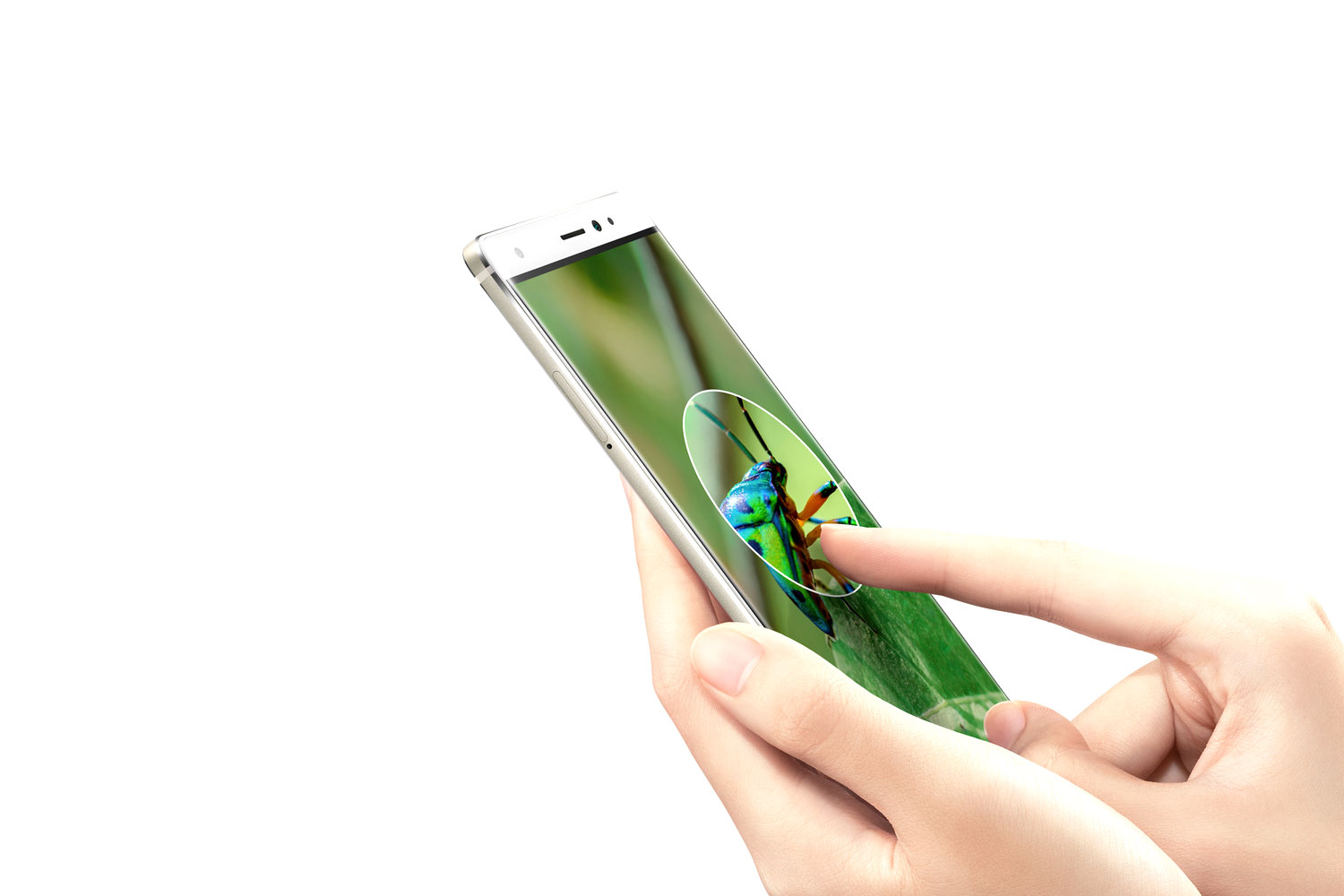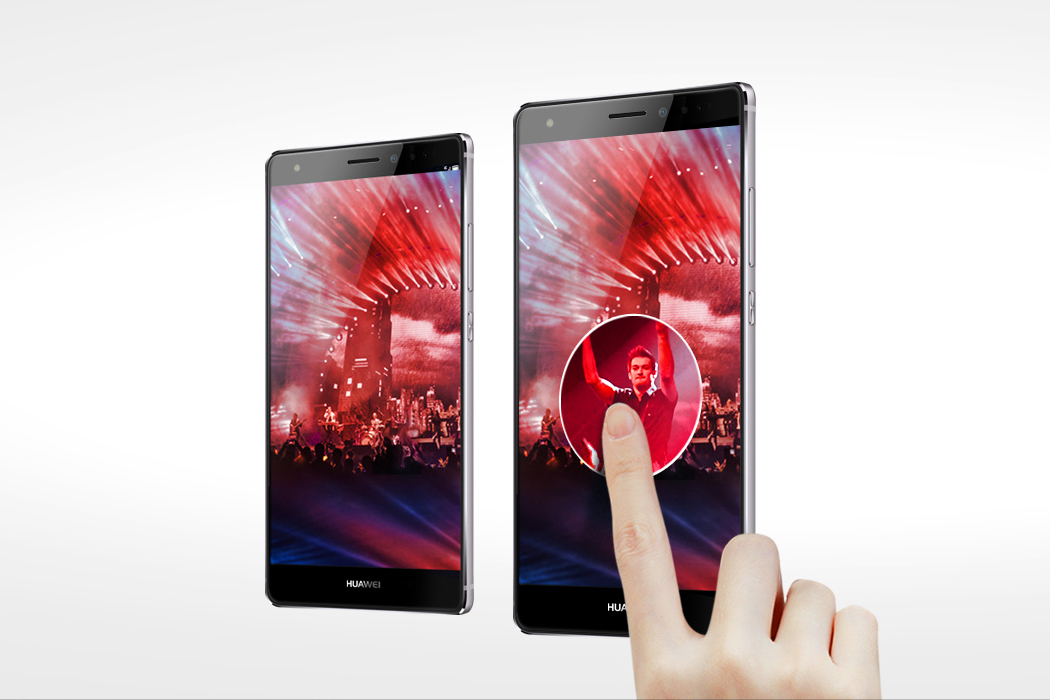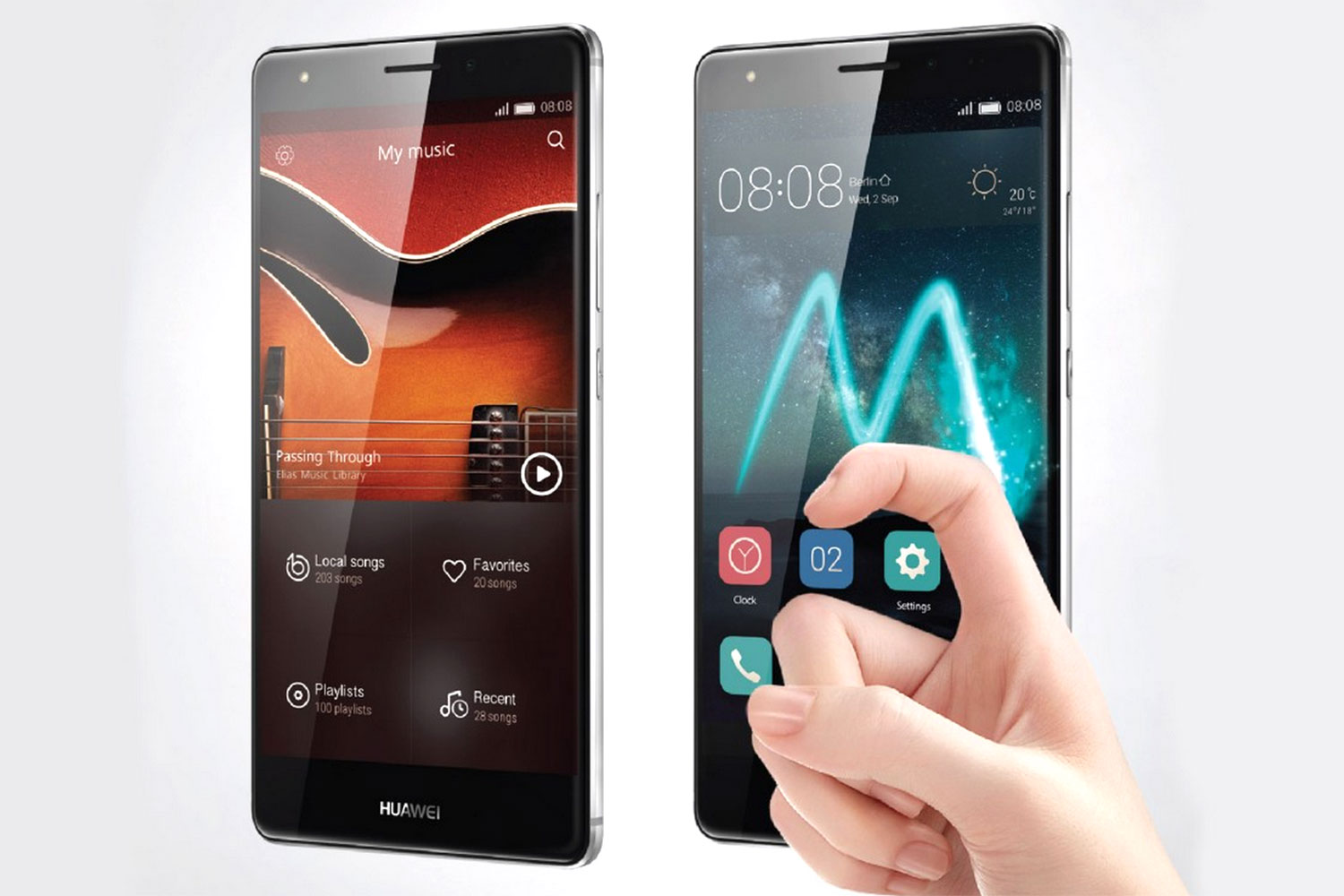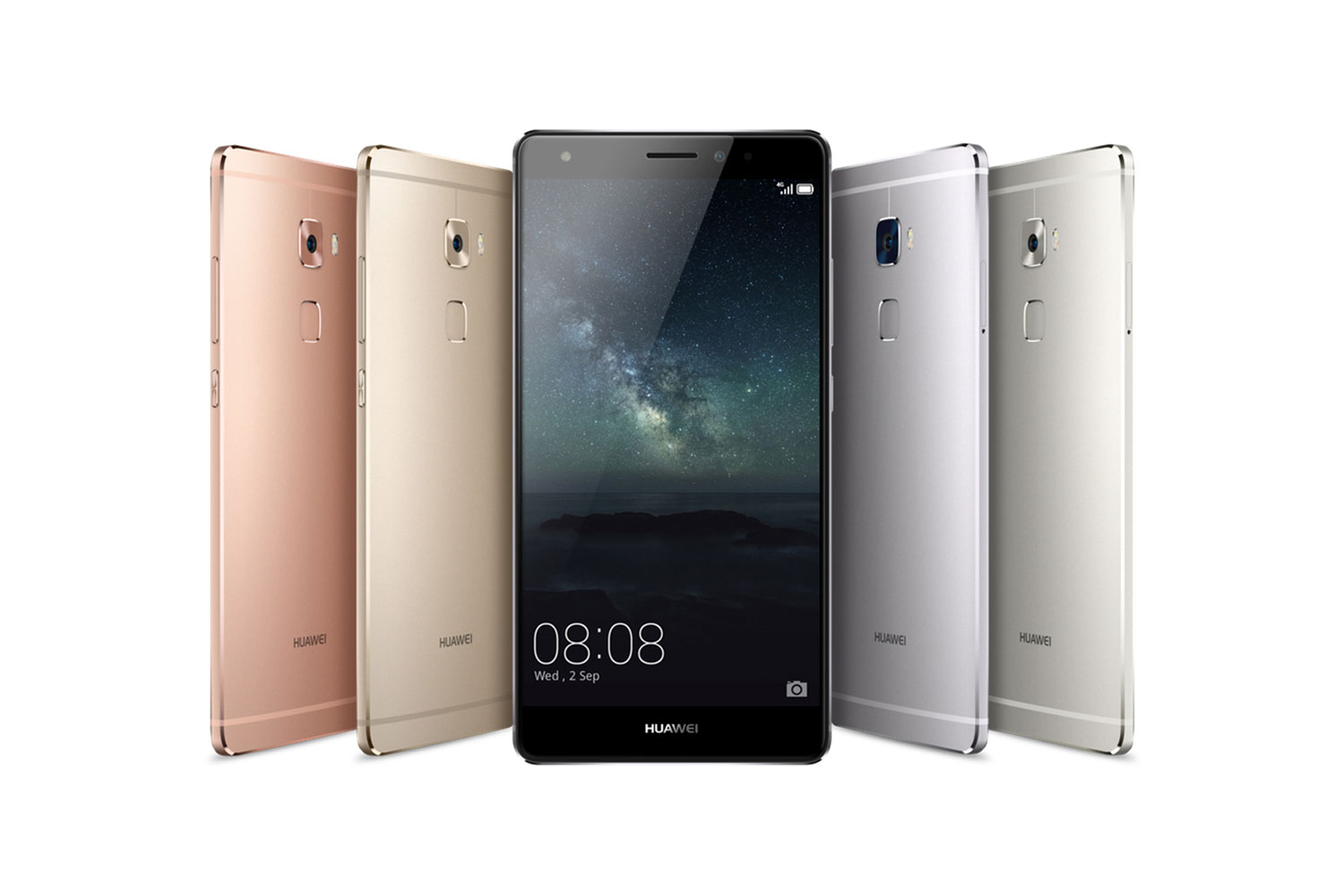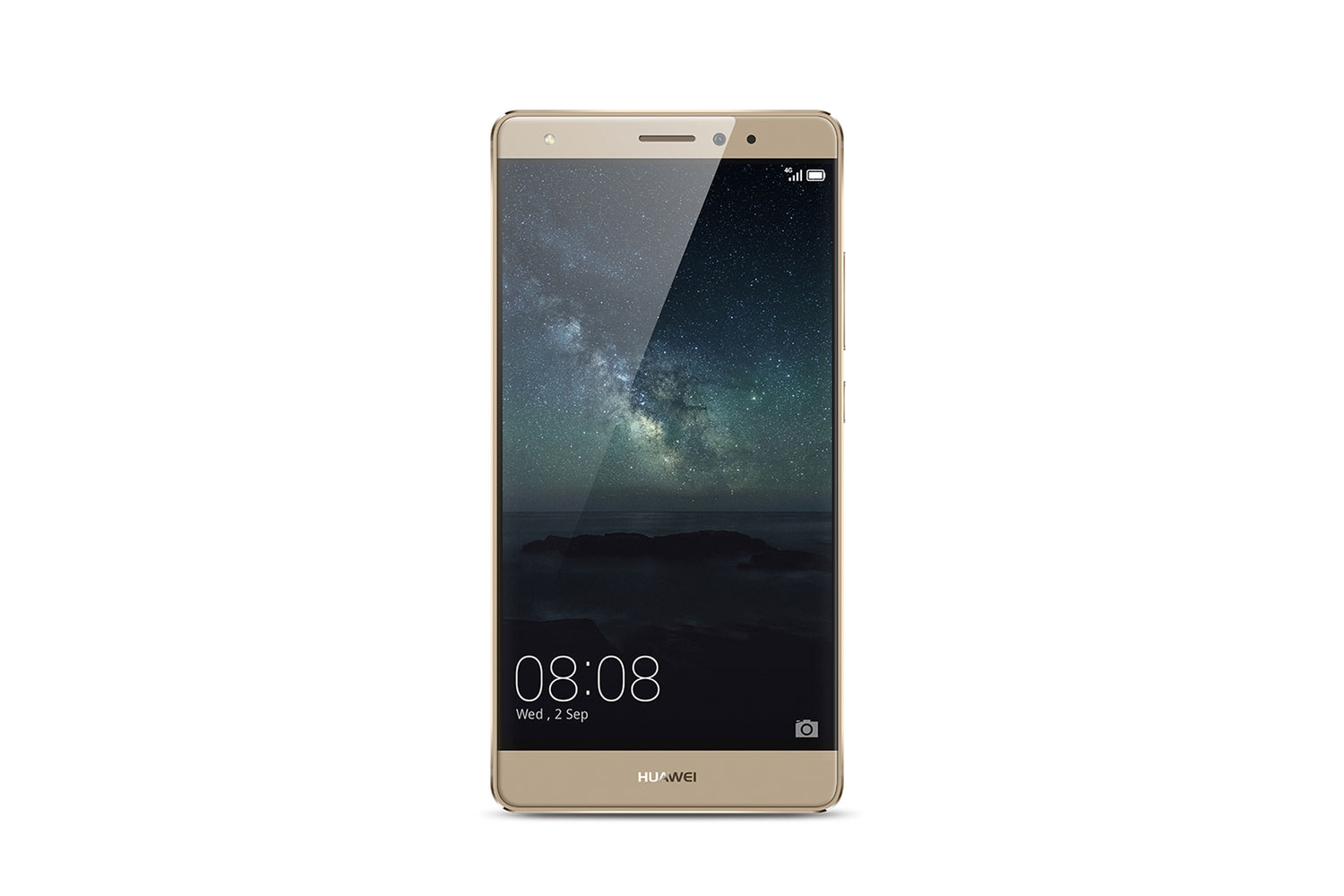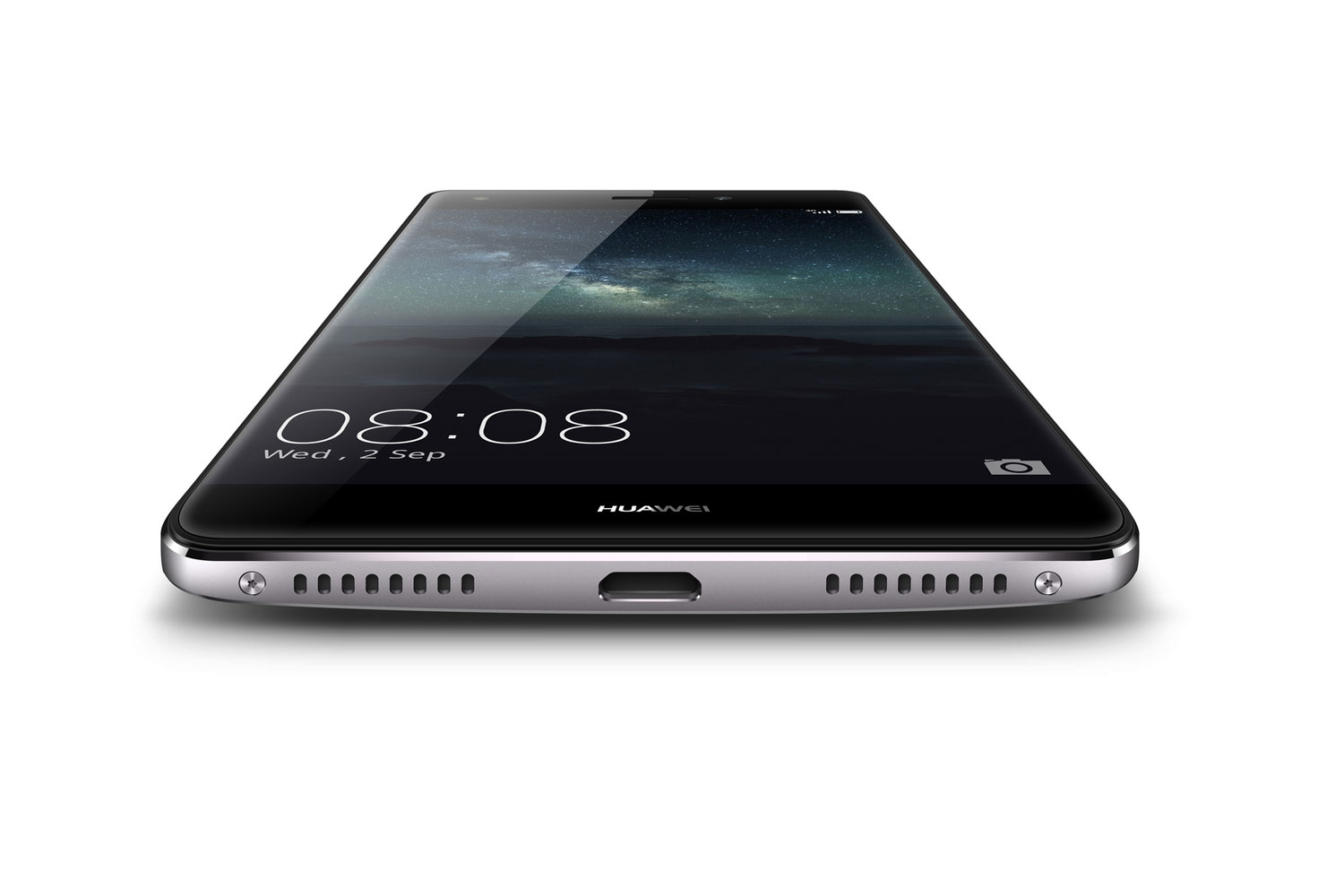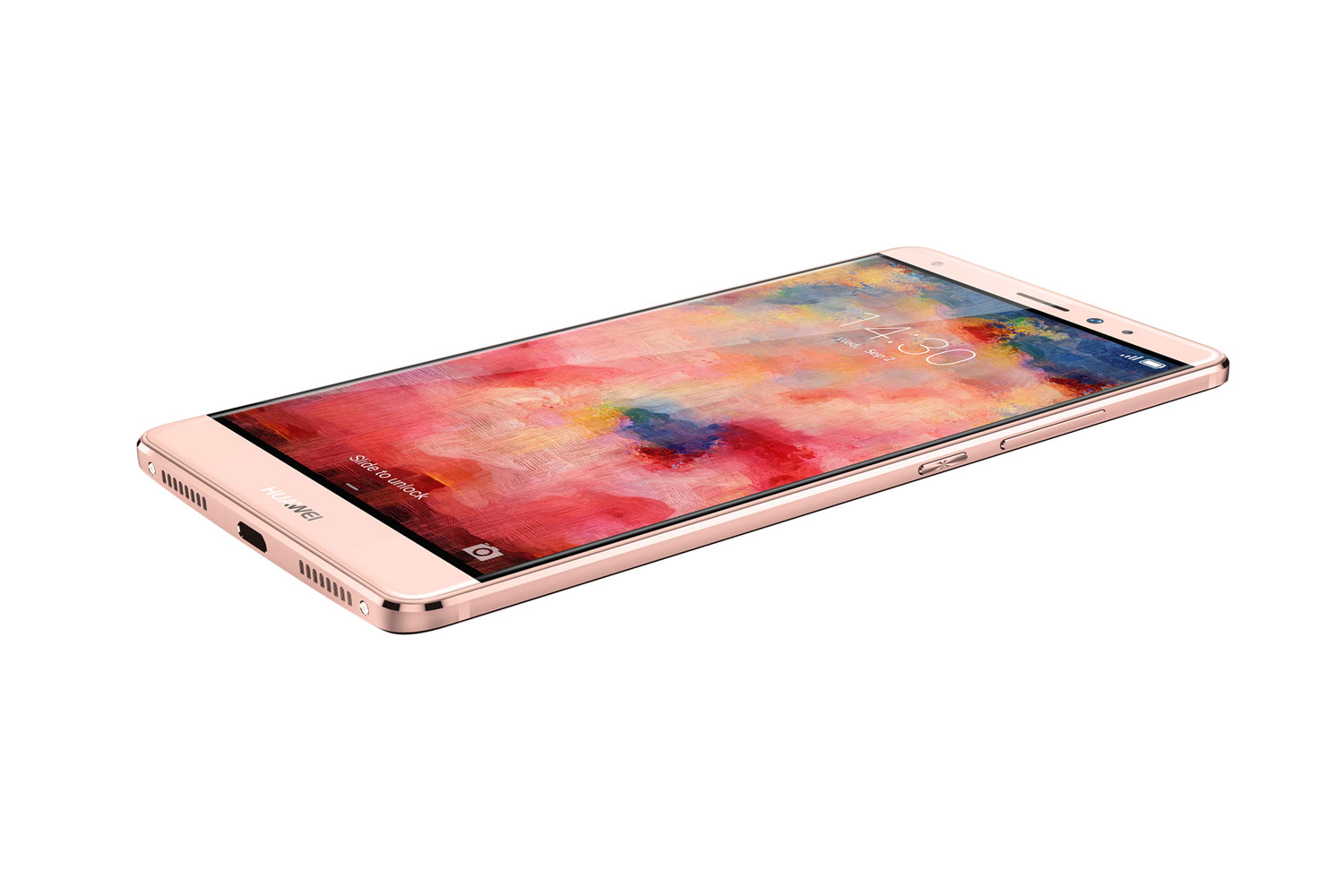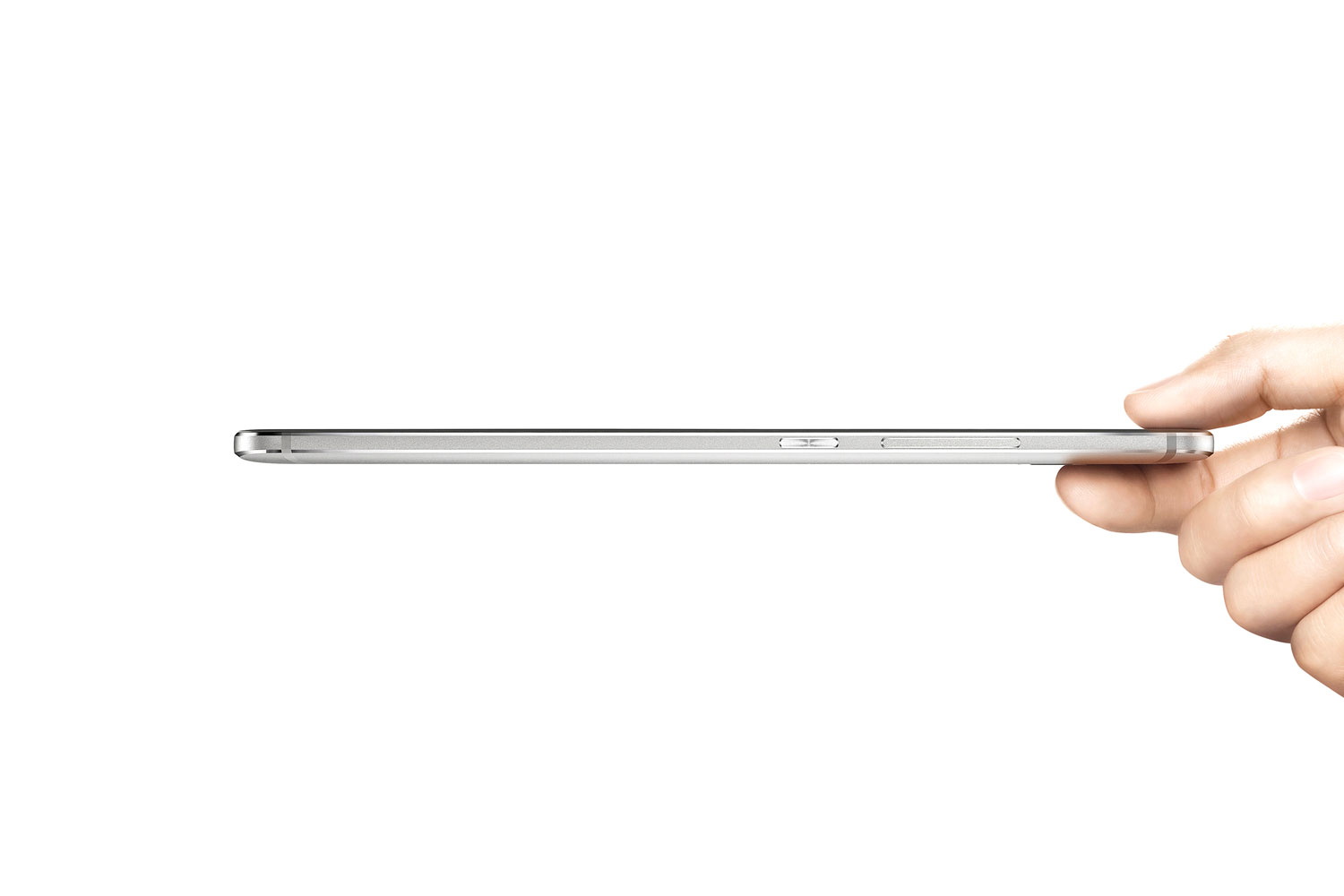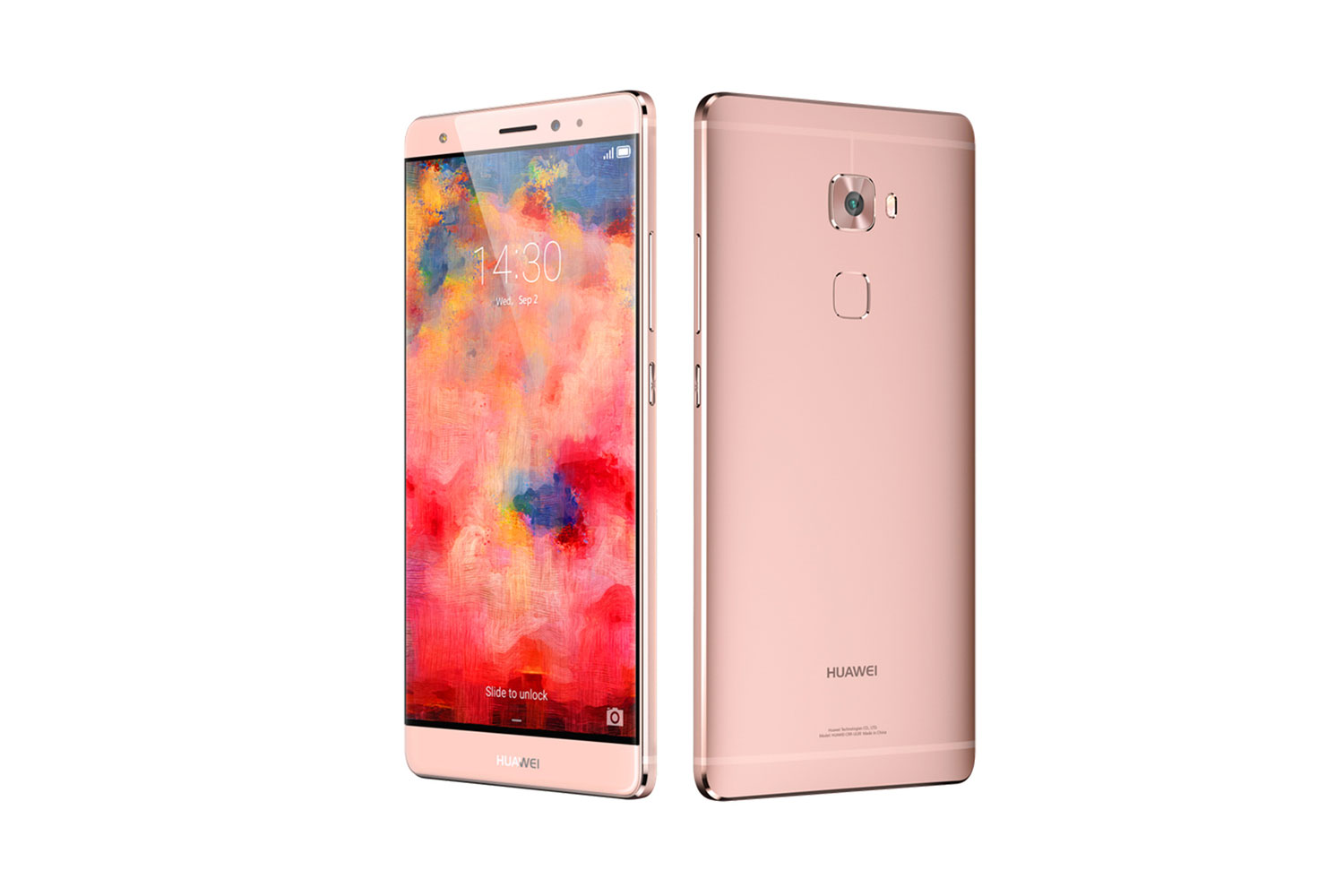
Okay, don’t get all creeped out. The Huawei Mate S, introduced today at IFA 2015, wants you to touch it in a variety of strange ways. It also happens to be a decent high-end to mid-range phone that aims to take on the iPhone 6 Plus.
Here’s everything you need to know about the Huawei Mate S:
Fingerprint sensors, knuckles, and Force Touch
Huawei’s Fingerprint Sense 2.0 is not your average fingerprint sensor. Although it can be used to do trivial things like unlock your phone or make mobile payments, it also allows you to control apps on the phone in new ways. For example, you can scroll through images or select particular notifications by moving your finger on the sensor. You can even trigger that perfect selfie shot with it. The new sensor resides at the back of the phone, which is the perfect spot for these types of control.
Then, there is Knuckle Sense 2.0, which enables your knuckles to crop photos or trace letters on the display for shortcuts to your favorite apps.
That stuff sounds cool, but probably the biggest news is that Force Touch will also be onboard in select versions of the phone. Apple is expected to debut this feature on the iPhone 6S, but Huawei beat Apple to it. With Force Touch, the Mate S will be able to sense how hard you are “touching” the display. Different types of force can be used for quicker zooms when looking at pictures, or to access app shortcuts. Huawei also claims it can weigh things such as oranges, though we’re not sure why you’d need that.
The Mate S has a premium feel with a metal body, and it should be comfortable to hold since it’s only 7.5mm thick and has a curved back. The Mate S sports a nano coating to protect it from small spills.
Decent specs all around
The display comes in at 5.5-inches with a resolution of 1080p (1920 x 1080 pixels). It has a 2.5D curve, and it’s made of Gorilla Glass 4. The Mate S is powered by Huawei’s own octa-core HiSilicon Kirin 935, and it has 3GB of RAM onboard. It comes with either 32GB or 64GB of internal storage, which can be expanded via a MicroSD slot for up to an additional 128GB. Huawei also packed a 2,700mAh battery and dual-SIM support into the device.
The main rear camera comes in at 13-megapixels, while the front-facing camera is 8-megapixels. The main camera includes a sapphire lens, four-color sensor, and optical image stabilization (OIS). The front-facing camera includes a light for those dimly-lit situations.
Pricing and availability
The Huawei Mate S will be available in 30 countries, including China, France, Germany, South Africa, and the United Arab Emirates. It will debut in Europe first, though. Pre-orders will start on September 15, with the 32GB version costing €650, while the 64GB version will come in at €700. You will have your choice of either grey or champagne for the 32GB version and either gold or coral for the 64GB version. The Force Touch version will only appear in select markets, and Huawei wasn’t forthcoming on what those will be.
We’ll keep you updated on the Mate S here.
